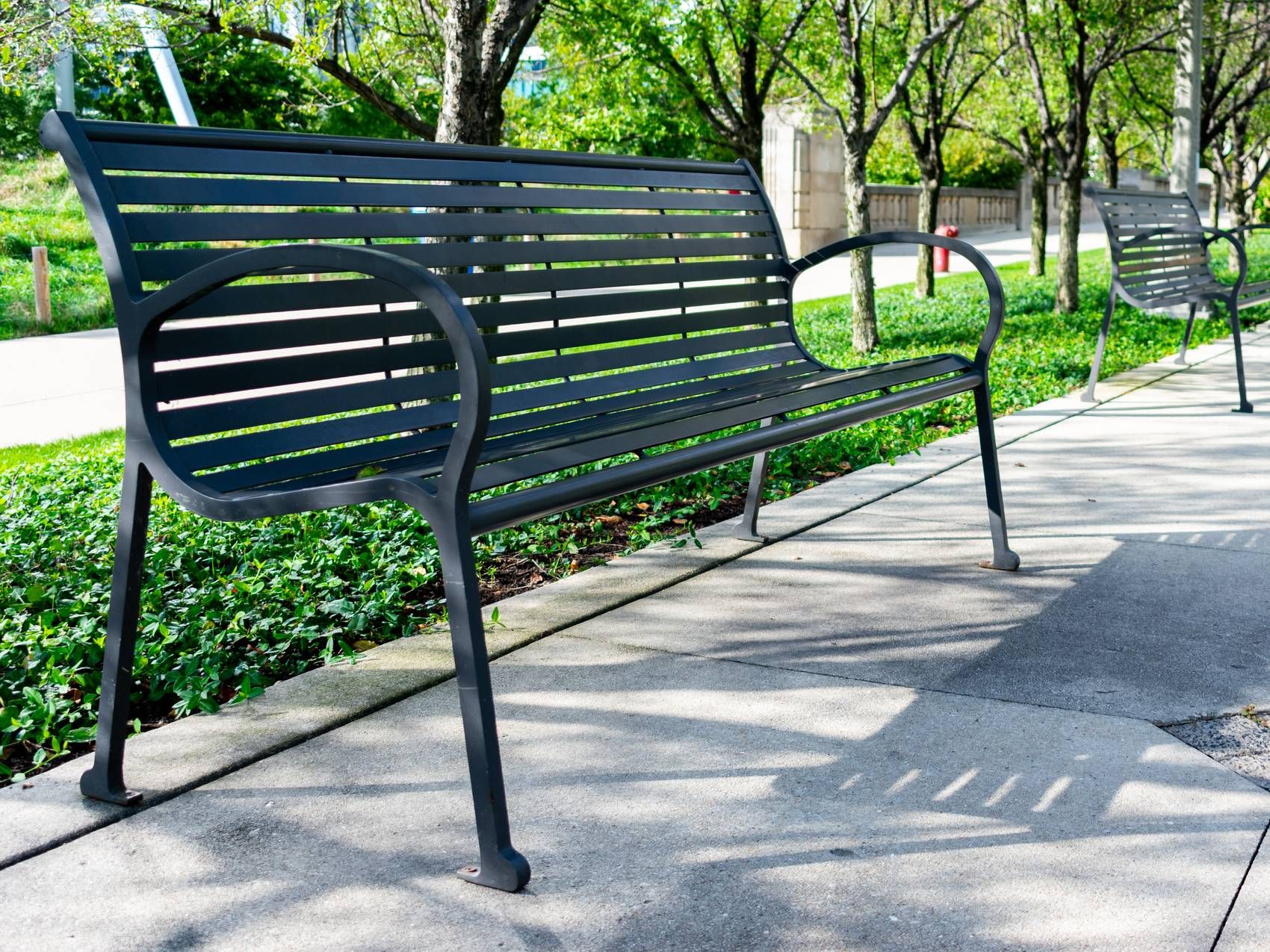abbotsford homeless camp flooded out, advocates fear jump in toxic drug deaths
now that of the sumas way encampment have been split up, harm reduction workers worry their displacement will lead to more people in the community using illicit substances alone, farther from life-saving interventions.
opinion: homelessness in alberta is a public health emergency
being homeless exposes our community members to preventable life-and-limb-threatening conditions.
machado: why do the homeless make us uncomfortable?
maybe we are asking all the wrong questions when it comes to people who live outside.
 4 minute read
4 minute read









